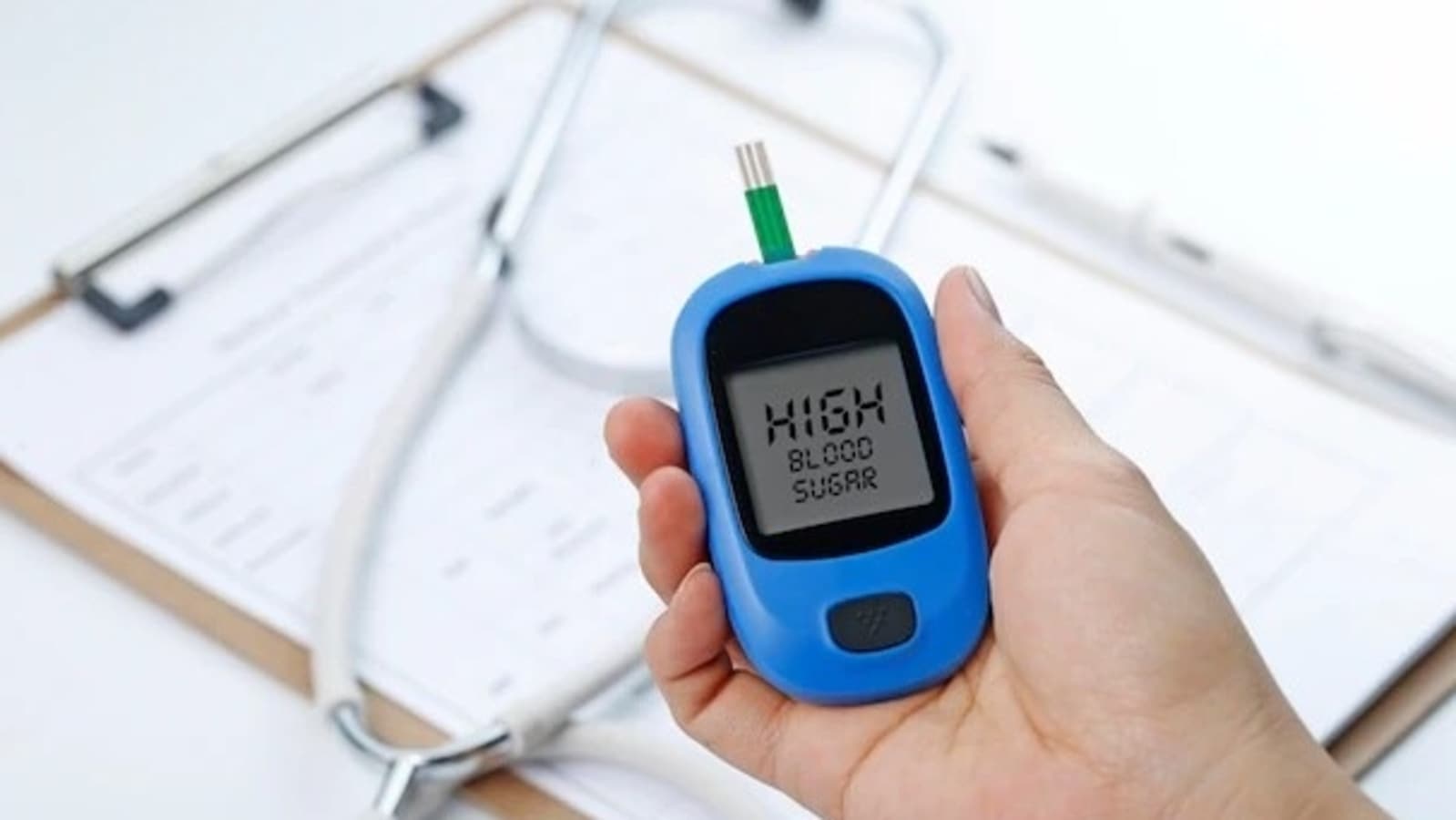As the mercury is dropping with each passing day, it is imperative for people with diabetes to make appropriate changes in their routine to manage their blood sugar levels better. Just as high temperatures can change how your body uses insulin, winter season poses its own set of challenges for diabetics. Not only extreme cold affects your glucose levels, it may also lead to false readings. Diabetes management also depends a lot on lifestyle changes. Winters make us slow, lethargic and less active due to which the blood sugar levels can go up. Add to it all the calorie-laden winter comfort food and your sugar levels can really go awry. (Also read: 7 winter superfoods for people with diabetes)
“Everyone is mindful that stress elevates blood sugar levels, but did you know that diabetes in cold weather can also give you winter blues? Yes, when seasons alter, blood sugar levels in the body rise. Meaning that diabetes is directly proportional to the weather conditions in which patients are living,” says Dr B M Makkar, Senior Diabetologist, President RSSDI.
Dr Makkar explains how skipping workouts, changing food habits and cold temperature in general can affect diabetes management.
How blood sugar levels get impacted in winter season
Skipping workouts
“When the winter season arrives, people tend to skip their regular physical routines, such as yoga, exercise, and morning and evening walks, which correspond to increased blood sugar levels,” says Dr Makkar.
High sugar intake
During winter, food habits are also significant contributors in disturbing diabetes management.
“With cold weather around, people crave more sugar intake and include Indian desserts in their diet. Due to the high sugar intake, glucose level spikes and incur complications for patients diagnosed with diabetes. It is common to become more lethargic in the winter season, but people in the pre-diabetes stage and diabetes stage should never skip their physical activities,” says the expert.
Raynaud’s phenomenon
People with diabetes also need to be aware of Raynaud’s phenomenon, which is an autoimmune condition.
“It occurs mainly in cold weather when blood vessels constrict in the hands and feet. Its symptoms include numbness and coldness in the fingers and toes,” says Dr Makkar.
How to tackle false readings in winters
“A drop in temperature can even affect the functioning of diabetes measuring equipment, leading to false readings. How does it happen? Let’s delve deep. Due to the chances of low blood oxygen levels and poor blood flow in extreme cold weather conditions, the diabetes strip for testing might not work accurately. To achieve accurate readings of blood sugar levels, the temperature of the body must be stable. What one can do while recording blood sugar levels in cold weather is always warm your hands before testing,” advises Dr Makkar.
Solution
“Extreme cold conditions can also affect insulins. Hence, it is noteworthy that one must keep their diabetes medications, testing supplies and insulins at standard temperatures under adverse winter conditions. Diabetes management is the key to regulating fluctuating blood sugar levels. Therefore, it is crucial to be acquainted with conditions that might affect the glucose levels of diabetes patients,” says the Diabetologist.


